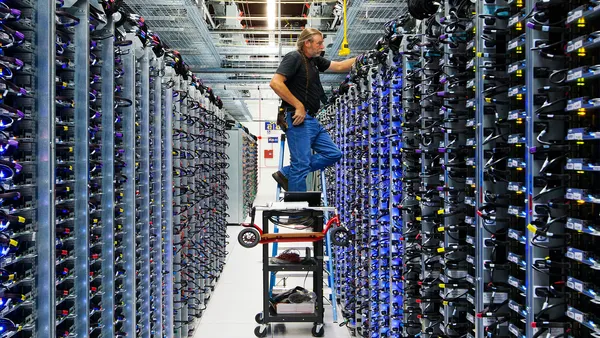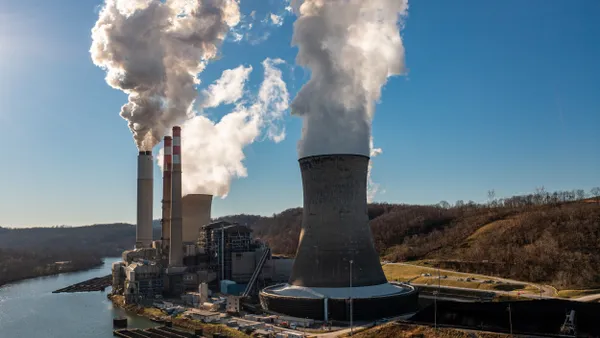Ted Thomas is the founder of Energize Strategies and a former chairman of the Arkansas Public Service Commission.
Across the country, while electricity demand surges, proposals for 2,600 GW of new low-cost energy projects are stuck in limbo, awaiting the long and cumbersome “generator interconnection” study process before they can connect to the grid and start delivering affordable power to homes and businesses. At a time of high demand growth and unprecedented turnover in the generation fleet, these new resources are critical to maintaining grid reliability and ensuring consumers have access to affordable energy.
Yet, the current interconnection process puts project developers in the untenable position of sinking years of effort and millions of dollars into projects with virtually no insight into the ultimate cost or timeline to connect to the grid. This is not a rational framework for determining how major energy infrastructure gets built. Even after meeting all readiness milestones, posting multi-million dollar non-refundable security deposits, and even signing a final interconnection agreement with transmission providers, developers are still exposed to connection delays and escalating costs without any recourse.
Consumers ultimately pay for this uncertainty, which is priced into the generating resources that do make it to commercial operation, and prevents many otherwise cost-effective, beneficial projects from ever getting built.
One innovative solution to this problem is an entry fee model for grid access, an approach that has already shown some promise in the Southwest Power Pool region. The entry fee model introduces an upfront, flat-fee approach to interconnection, with transmission providers pre-determining costs for interconnection customers before entering the queue. By setting a fee based on a $/MW rate for specific geographic zones, developers can understand their financial obligations from the outset, eliminating the uncertainty that currently plagues the interconnection process.
An entry fee model works best when combined with proactive transmission planning that anticipates future generation development needs and expands the grid accordingly — instead of a piecemeal, facility-by-facility expansion that ultimately costs consumers more. For example, recent studies evaluating the cost to interconnect offshore wind in PJM found up to 15-fold cost savings when transmission upgrades are planned proactively ($27/kW) rather than project-by-project (up to $415/kW).
Because the entry fee approach provides upfront cost certainty and eliminates speculative projects and costly re-studies, developers can make more efficient, rational decisions that keep overall project costs low, ultimately benefiting ratepayers. Furthermore, in regions where developers currently bear most grid expansion costs, this model need not affect that framework.
Fortunately, the Federal Energy Regulatory Commission has recognized the need for interconnection reform. Last year, FERC issued a landmark order that raised the floor on generator interconnection, requiring all public utilities under its jurisdiction to adopt best practices. And on Sept. 10-11, FERC will host a two-day workshop to consider additional reforms. I urge FERC to prioritize discussion of transformational reforms and consider the strength of proactive transmission planning combined with an entry fee model to unwind the excessive uncertainty and delays in the queue today.
The challenge is clear: without significant reforms, the generator interconnection process will remain a bottleneck preventing new resources from meeting growing electricity demand and replacing older, more expensive power plants. Incremental reforms alone will not solve the problem. Providing generation developers with cost certainty through an entry fee model is the type of interconnection process reform that FERC should be exploring. My message to the commission: Don’t wait.













